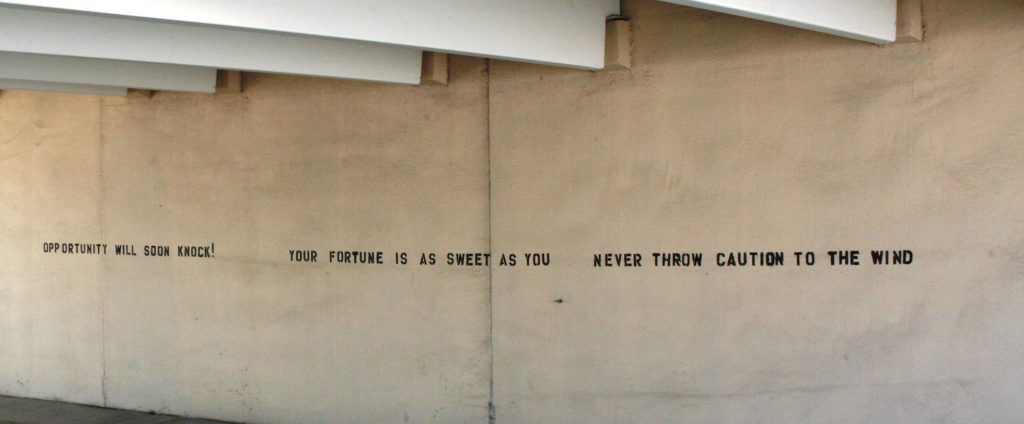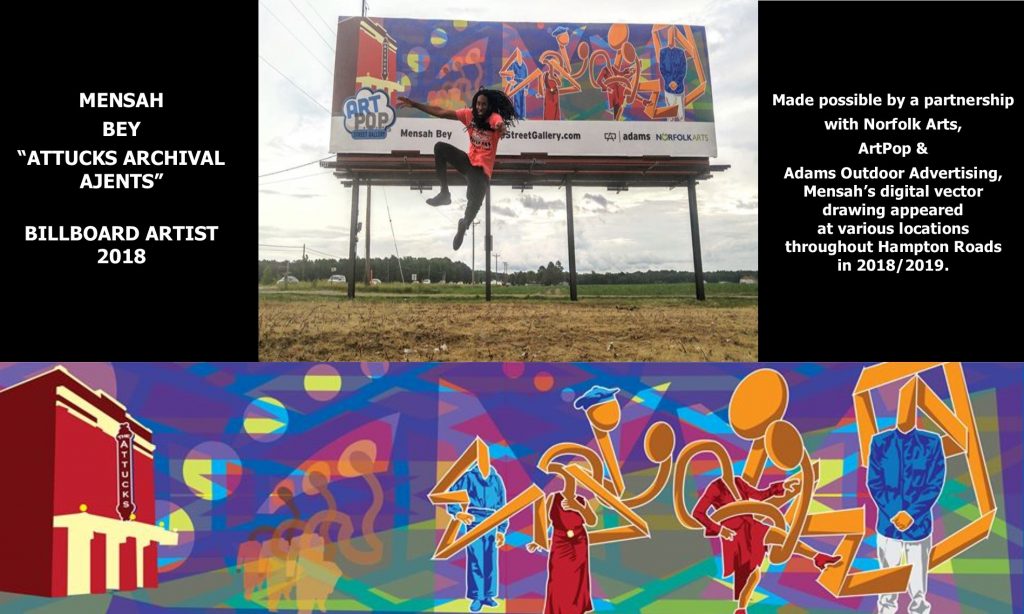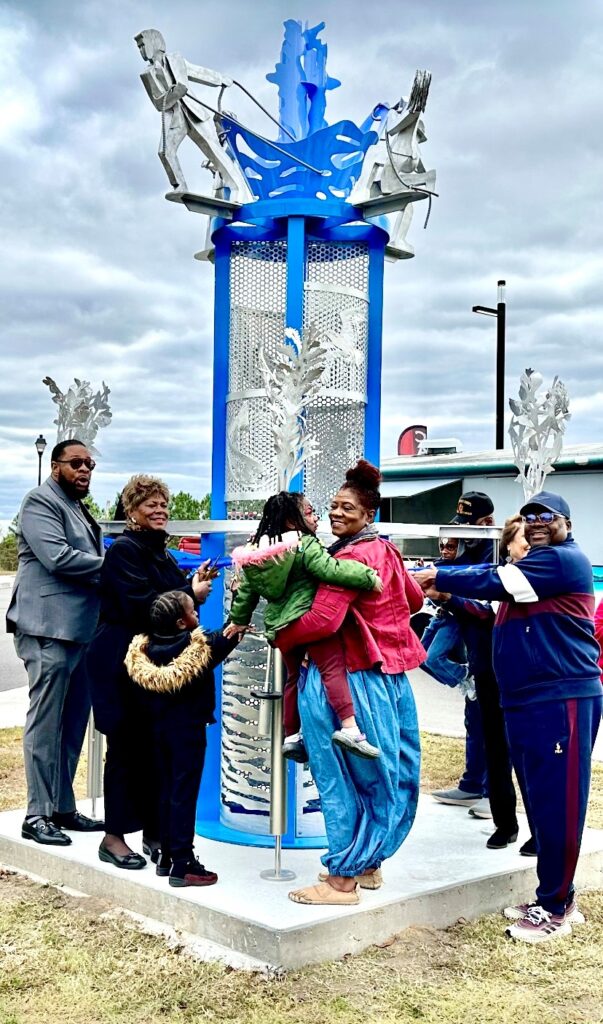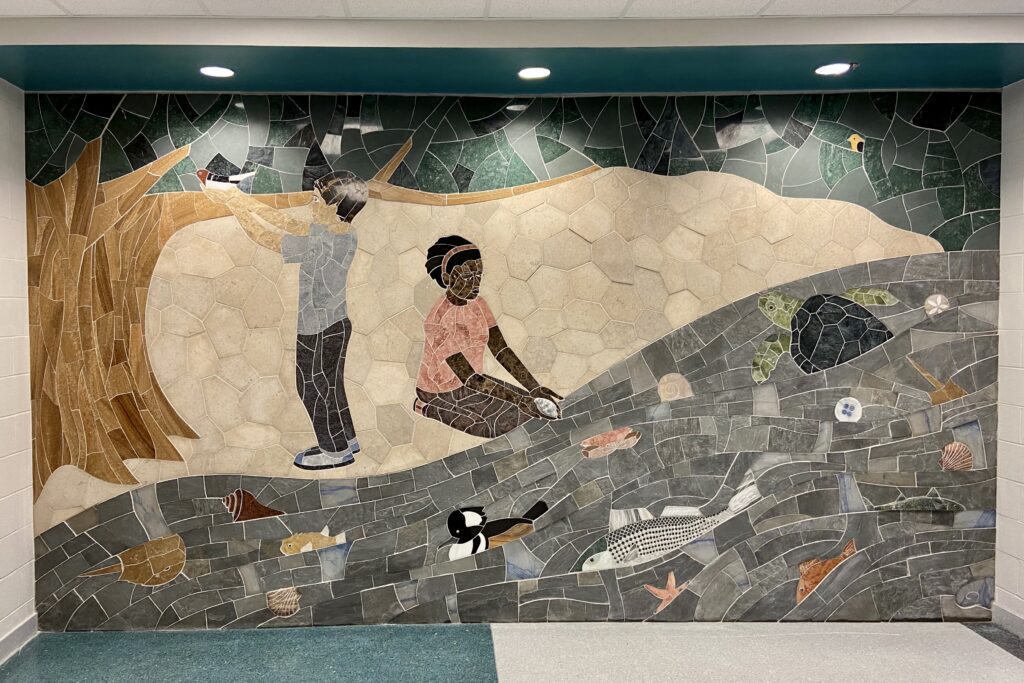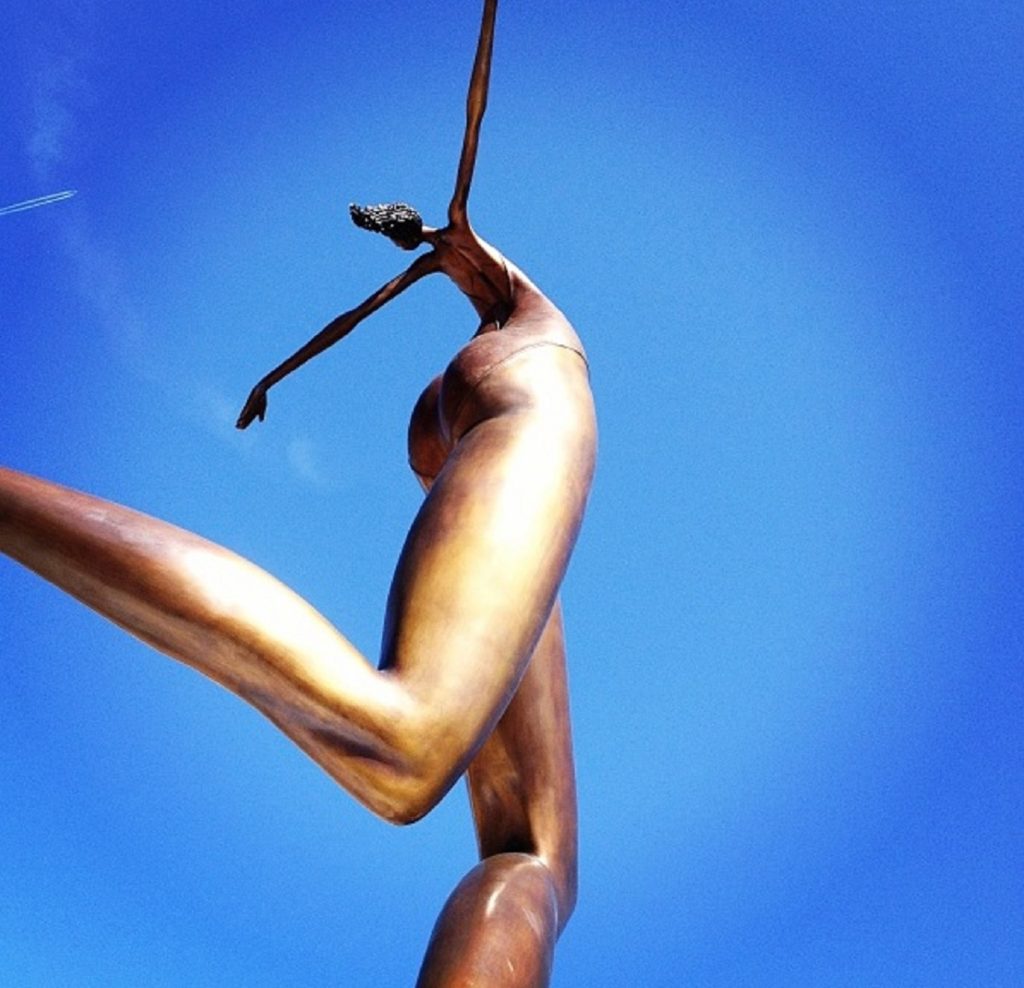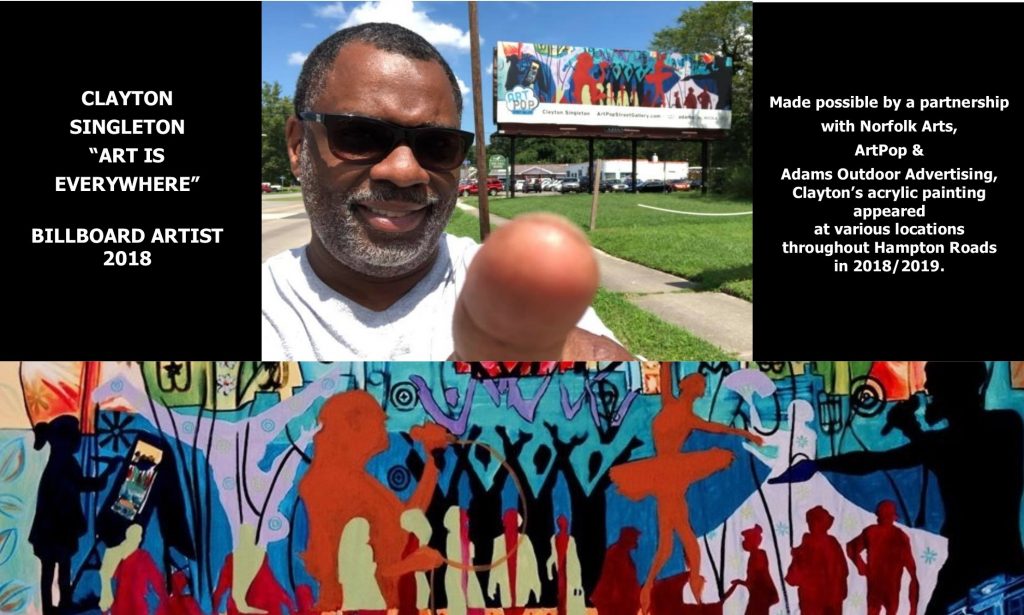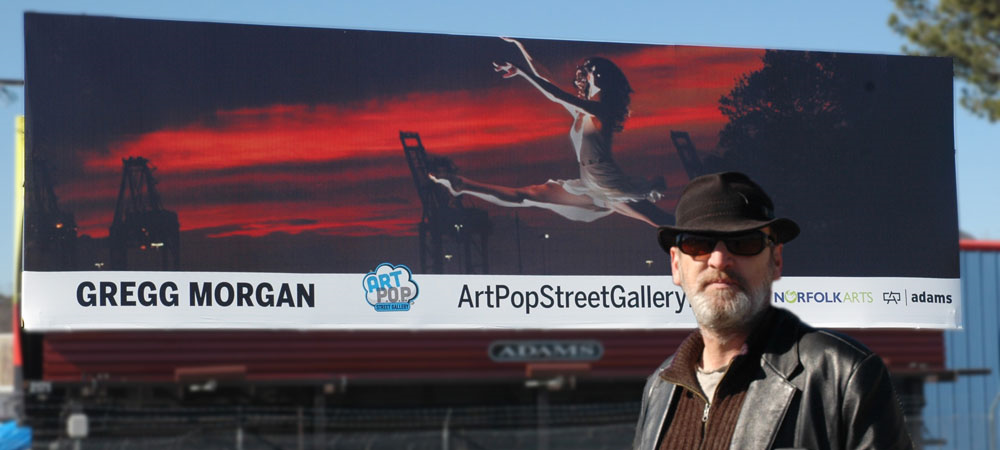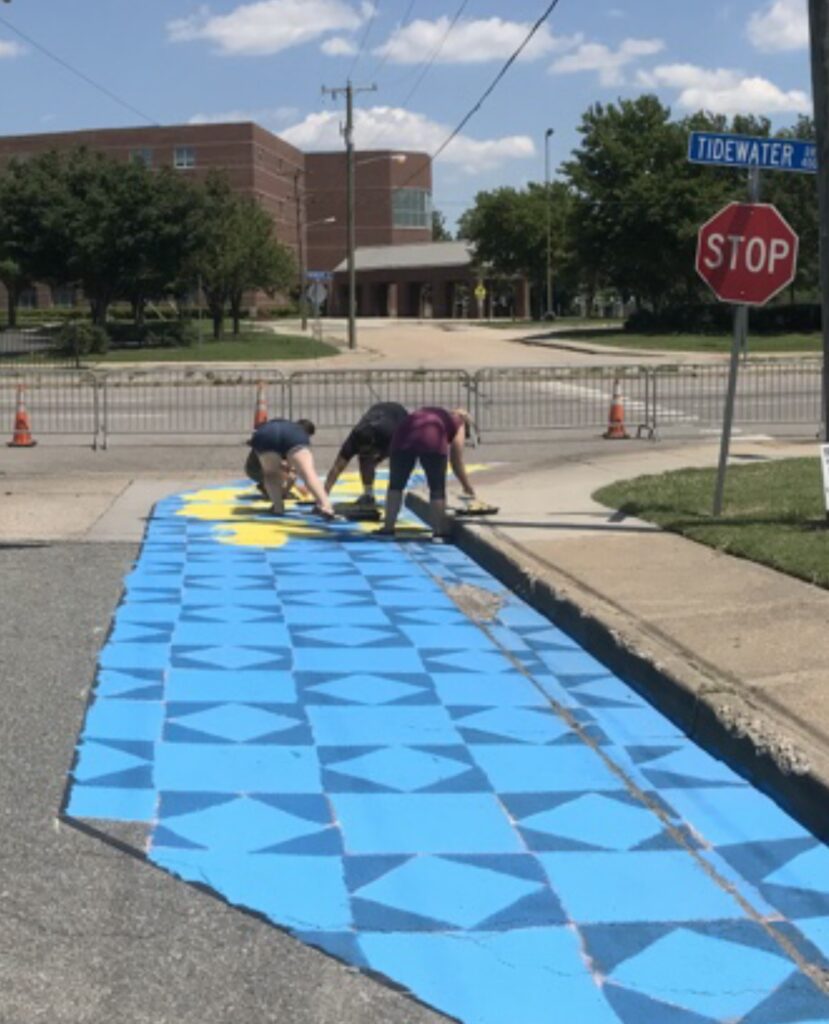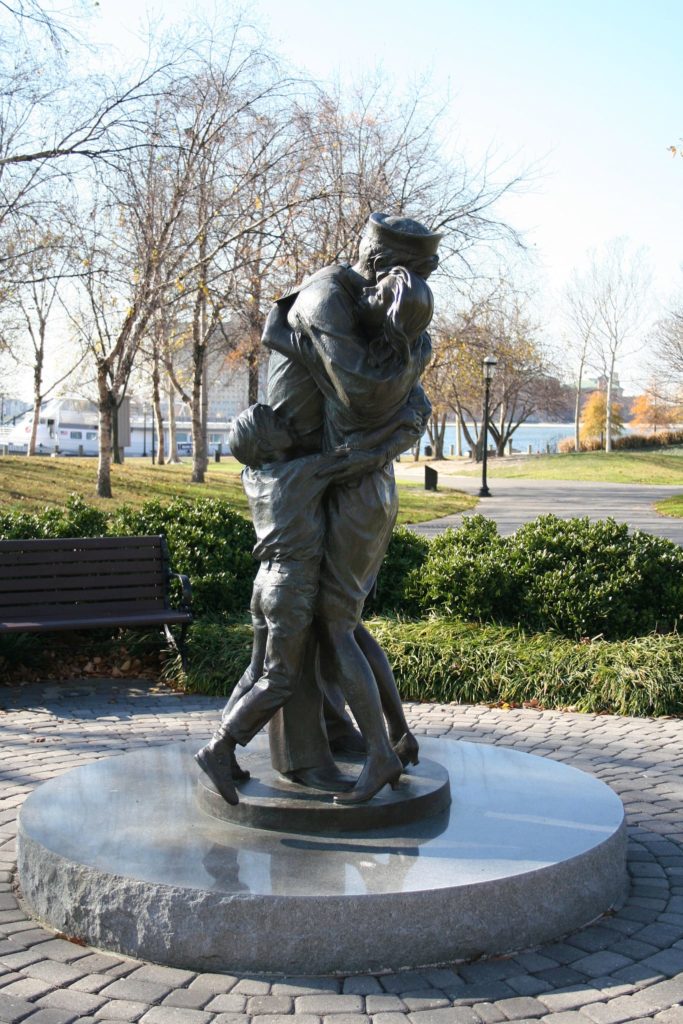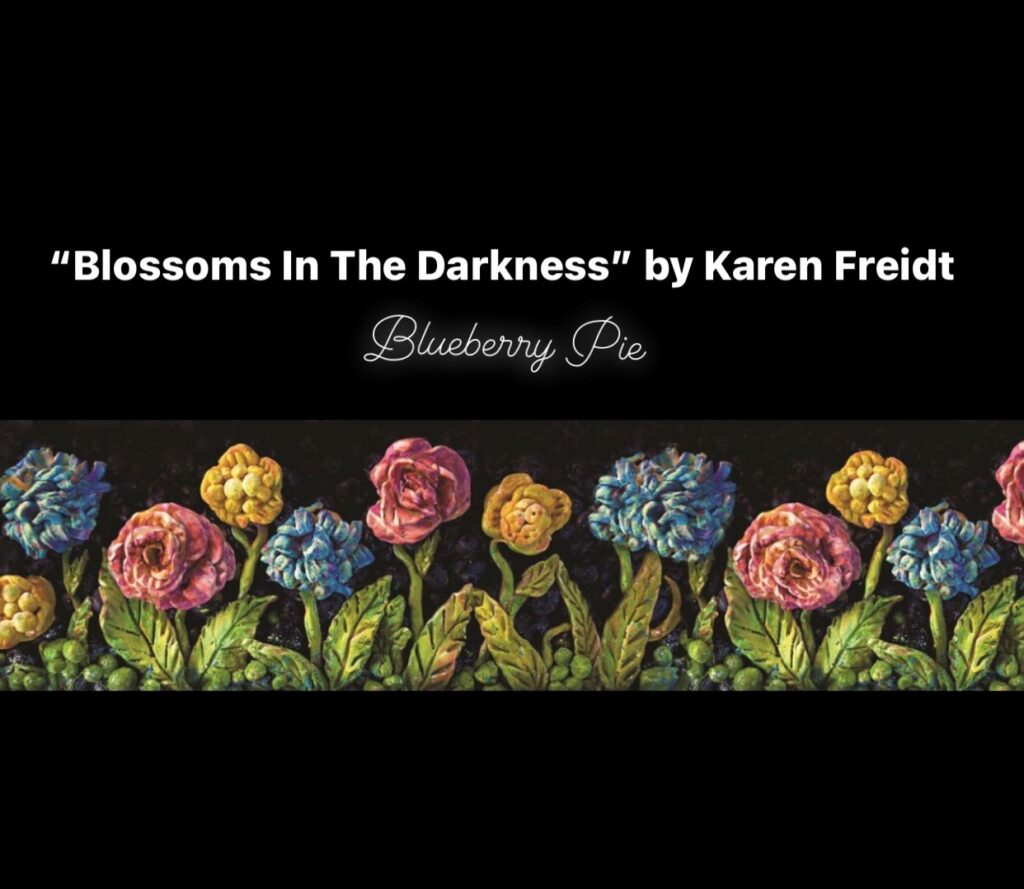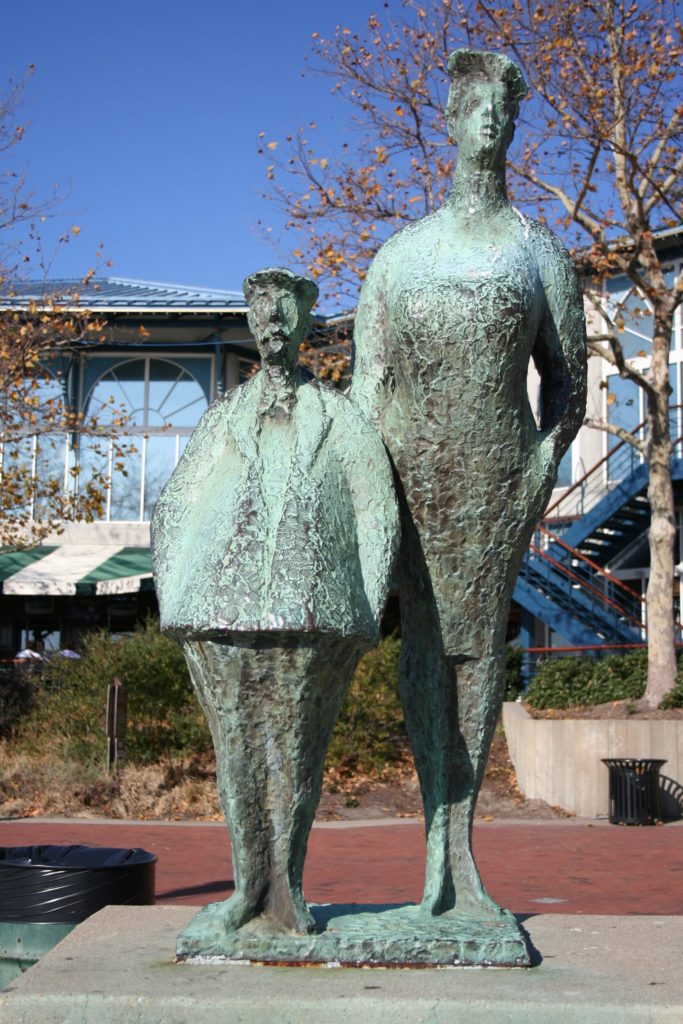About Norfolk Public Art
Established in 2006, Norfolk Arts seeks to create a rich, diverse, environment that reflects, celebrates and invites all to experience the arts.
What is Public Art?
A distinguishing characteristic of great cities is the interweaving of art into the urban fabric. Public art is artwork in public locations where everyone can see and enjoy it. Public art has been around since the time of pyramids and cave paintings. It is the involvement of artists in the same places in which the time, energy and money of the community are engaged. Public art can include anything from traditional sculptures, paintings and mosaics to manhole covers, paving patterns, lighting and other elements created by an artist. There are over 350 public art programs in North America that actively commission artists to create public art.
Norfolk is among the great cities that use public art to inspire, educate, beautify and give character to public places. In the 2006 budget, 1% of new capital projects over $500,000 was set aside to acquisition artwork. The Norfolk Arts Commission was established and, together with city staff, developed policies for the development of artwork that creates a unique image and sense of place for Norfolk. Through the public art process, we celebrate historic events or people, and provide opportunities to facilitate our community values of inclusion, civic pride, cultural diversity and appreciation of the creative spirit. Currently, a specific amount of CIP funds are designated for public art instead of applying the 1% formula.
Why have public art?
Public art has the power to energize our public spaces, arouse our thinking and transform the places in which we live, work and play into more welcoming, beautiful and interactive communities.
The presence of public art can heighten our awareness, question our assumptions, transform landscapes and express our community values. Over time, public art has the power to reveal the unique character of a city and its individual neighborhoods. An average of 55 million viewers experience public art firsthand every day for free (approximately 1,000 times the audience experiencing art galleries, museum and theaters combined).
How are public art projects funded?
While Norfolk has displayed artwork throughout the city for many years, the City Council formally established the Norfolk Arts Commission and adopted a funding ordinance in 2008. The ordinance provides for 1% of any city capital improvement budget over $500K to be dedicated to designing and installing public art.
Does public art have an economic benefit?
An average public art project stimulates our economy by providing grassroots building funds to artists, contractors, engineers, and other small businesses as well as promoting tourism. “The Gates” for New York City generated over $254 million during its two-week installation. The “WaterFire” public art project in Providence, Rhode Island, attracts 350,000 people annually translating to an additional $4 million each year.
Who chooses the art?
For each public art project, a planning committee is established that is made up of representatives of the community, the Norfolk Arts Commission, a user department representative, the project architect and/or landscape architect, and an art professional. This group develops the project intent, theme, location, media, scale and style; then they review the submissions and select the artist. The process of commissioning artwork is the meeting of minds on many levels.
What about the mermaids?
The mermaids you see around town are not listed on our site as they were not commissioned through the city’s One Percent for Art program. What is One Percent for Art? Read how the city’s public art program is funded.
